In this edition of our summer newsletter, we’ll take a look at how often you should schedule tree services, share an insightful video on our three essential pruning rules, and highlight our top four trees for stunning fall color.
How Often Should You Schedule Tree Services?
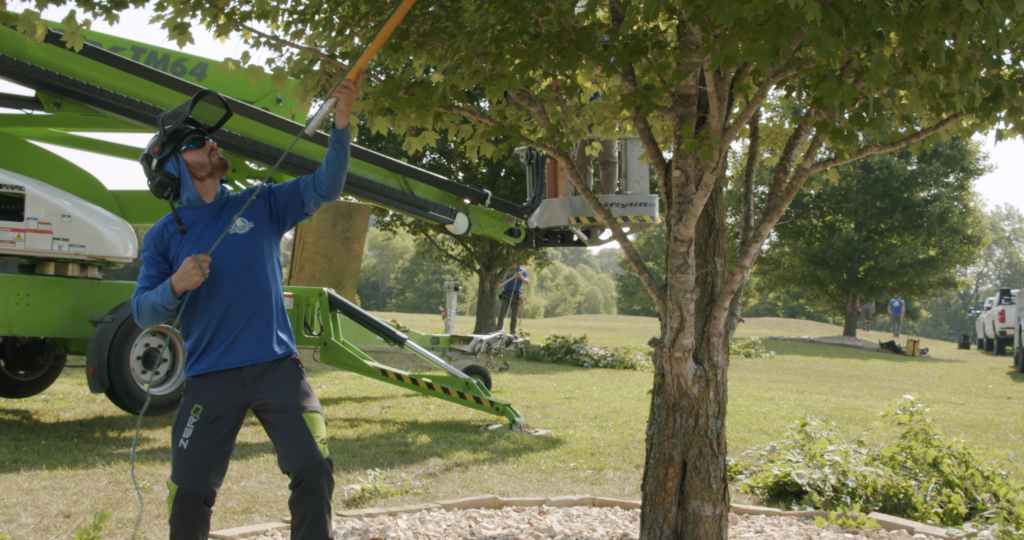
The frequency of tree services varies widely, depending on the species of trees in your area, their specific needs, pest vulnerabilities, and your personal preferences. Each tree is unique, and so are the care requirements.
Pruning
Pruning is essential for maintaining healthy, structurally sound trees. Ideally, pruning should begin when the tree is young to promote strong growth. However, even mature trees can benefit from professional pruning. Maintenance pruning involves removing deadwood, raising the canopy, and ensuring the tree’s overall health and structure. This should generally be done every two years or more, depending on the species and health of the tree.
Plant Health Care (PHC)
PHC services should be performed multiple times throughout the growing season, particularly when insects are active. Preventative treatments, especially in early spring, are crucial for maintaining tree health. For example, spraying for bagworms one year doesn’t guarantee they won’t return. Continuous monitoring and inspections are key to catching any recurring issues like scale insects or other pests. Regular inspections during the growing season allow us to keep a professional eye on your trees, identifying any signs of insect activity, disease, or environmental stress.
Tree Removal
While our primary goal is “Tree Preservation for the Next Generation,” there are situations where removal becomes necessary. When a tree poses more of a hazard than a benefit to your property, our certified arborists can advise on the best course of action. We prioritize safety in every removal, ensuring the process is handled with the utmost care. Removals are performed on an as-needed basis after thorough consultation.
Watch: The Three Rules of Pruning
It’s not enough to simply prune your trees; knowing how to prune them correctly is crucial. Watch this informative video by our owner, Tim Crews, where he explains the three fundamental rules of pruning.
Four Trees for Spectacular Fall Color
As cooler temperatures approach and fall planting season arrives, it’s the perfect time to consider adding new trees to your landscape. Here are four top choices for brilliant fall color:
1. Sugar Maple (Acer saccharum)
The Sugar Maple is a classic choice for fall color. Growing up to 50+ feet tall, these trees provide excellent shade and are famous for their vibrant orange, red, and yellow leaves. Additionally, Sugar Maples are the source of delicious maple syrup.
- Favorite Varieties: ‘Fall Fiesta’ Sugar Maple, ‘Legacy’ Sugar Maple
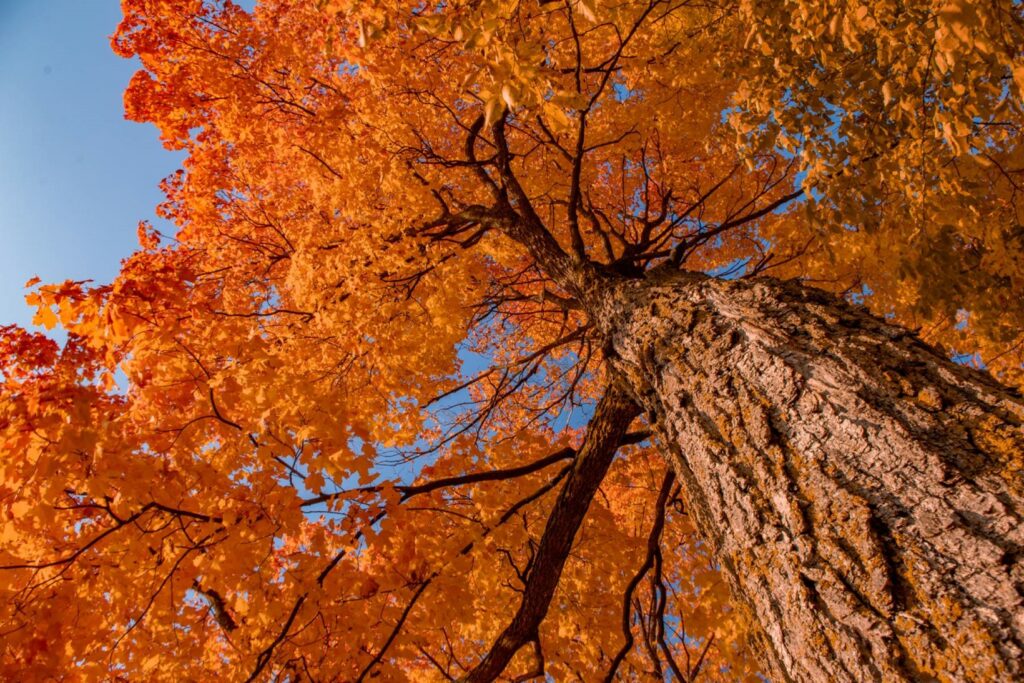
2. Red Maple (Acer rubrum)
Known for its striking red fall foliage, the Red Maple is a fast-growing favorite in our area.
- Favorite Varieties: ‘Autumn Blaze’ (fast-growing with stunning fall color), ‘Sun Valley’ (turns color faster to avoid frost damage), ‘Autumn Fantasy’ (offers great color and improved branching structure)
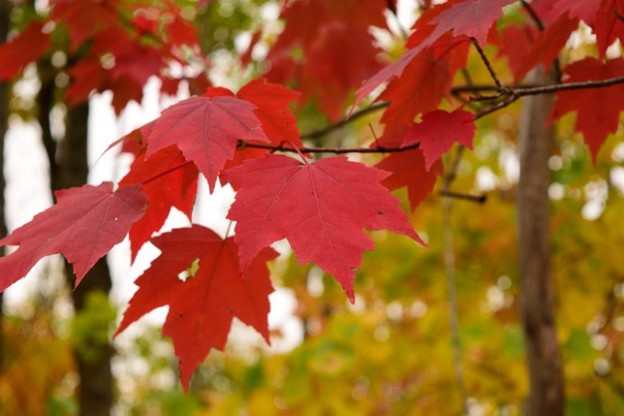
3. Black Gum (Nyssa sylvatica)
This slow-growing Missouri native reaches heights of 50-60 feet and showcases a breathtaking range of fall colors, from orange to deep red.
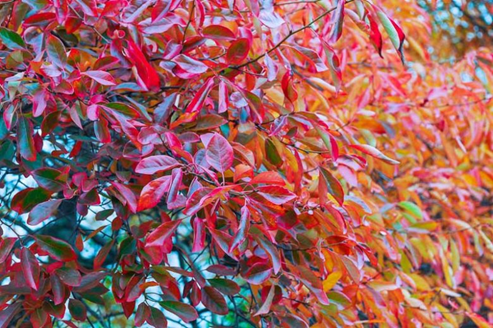
4. Ginkgo (Ginkgo biloba)
The Ginkgo is one of the oldest and most unique tree species, recognized by its fan-shaped leaves that turn a vibrant neon yellow in the fall.
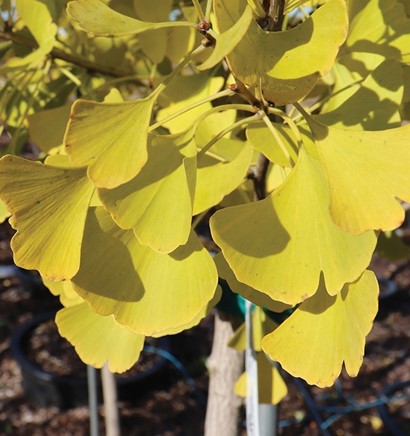
We hope this newsletter helps you plan for the upcoming seasons and better understand the needs of your trees. As always, our team is here to assist you with all your tree care needs.

